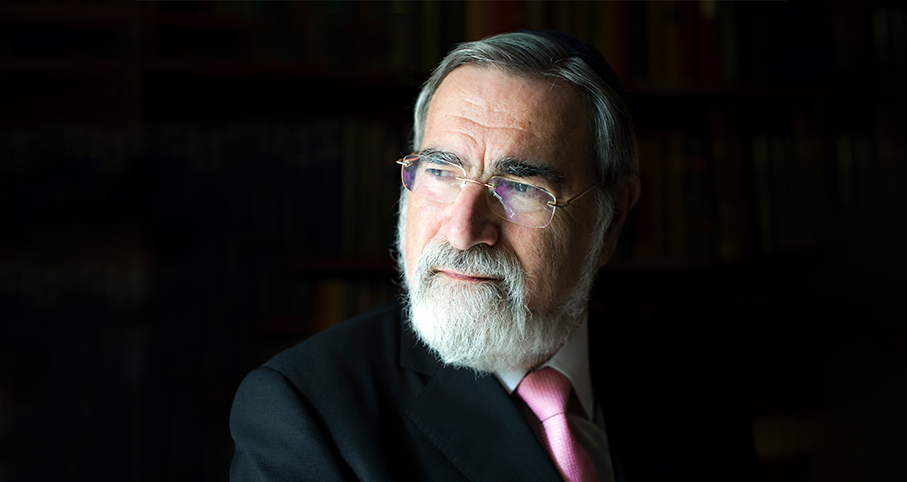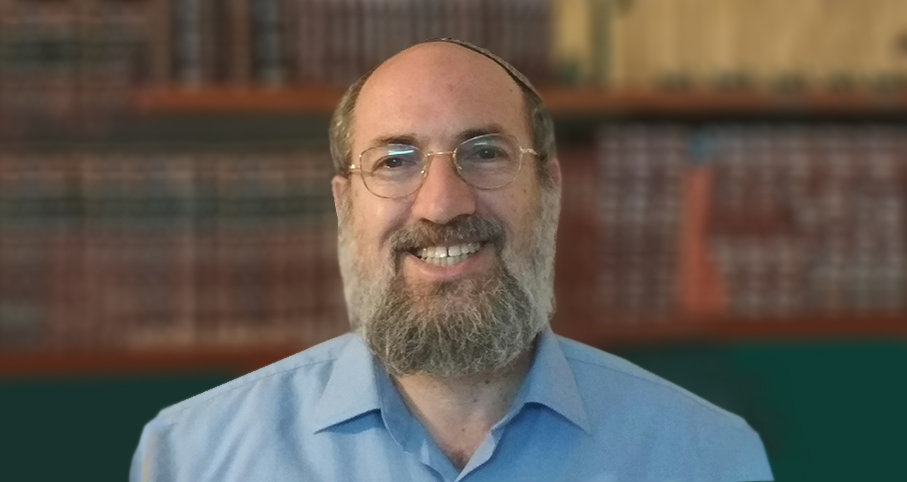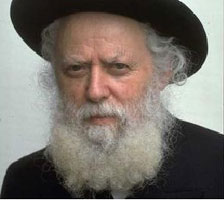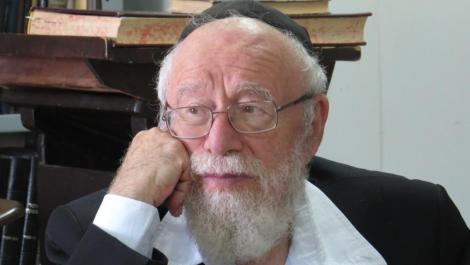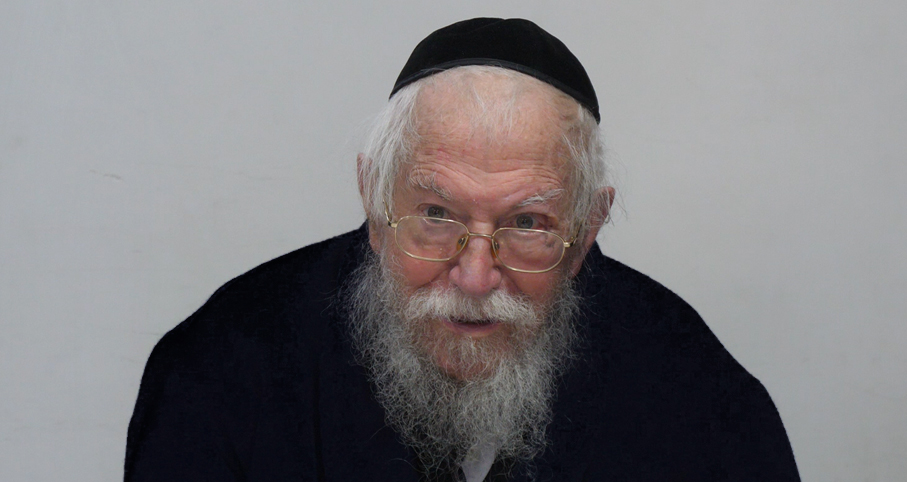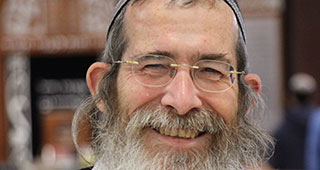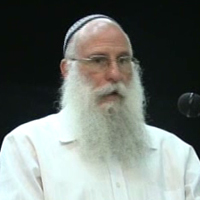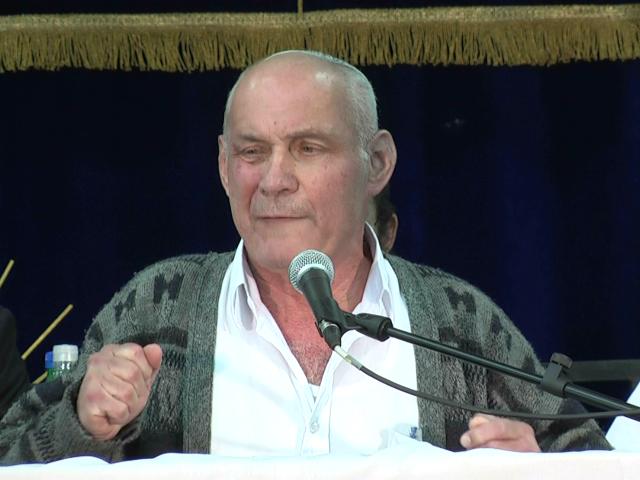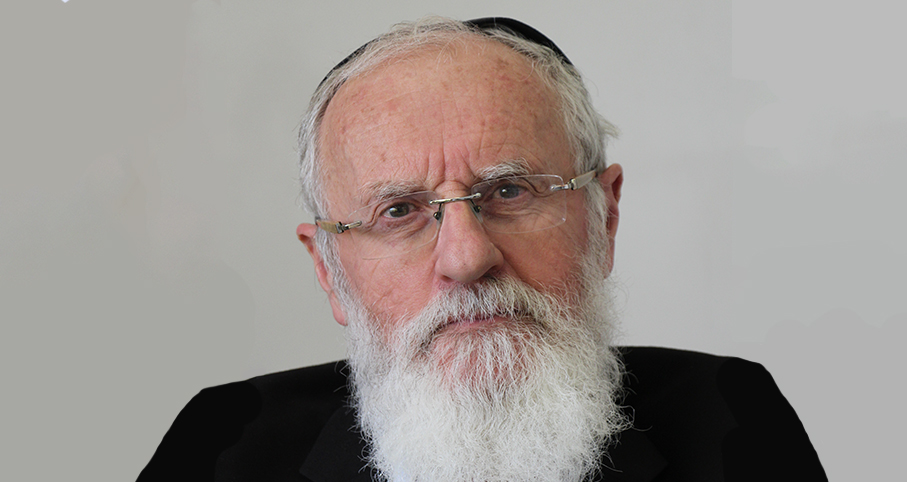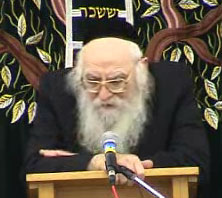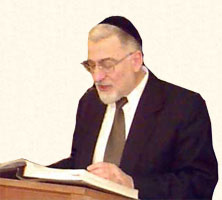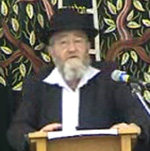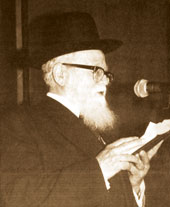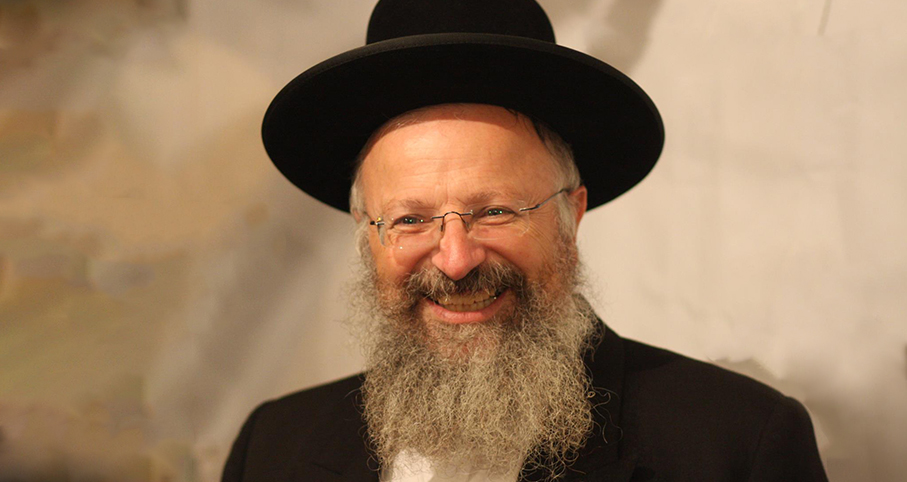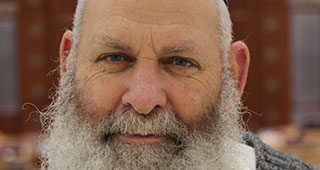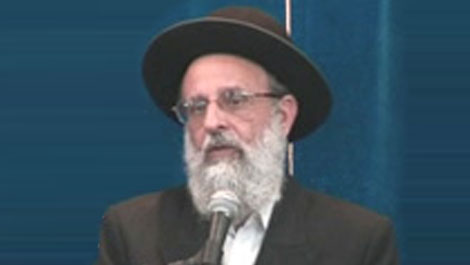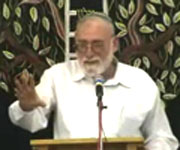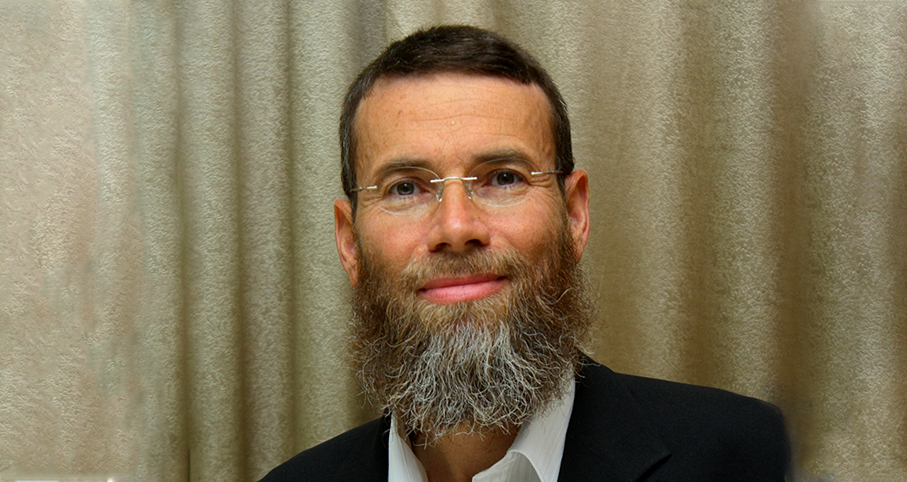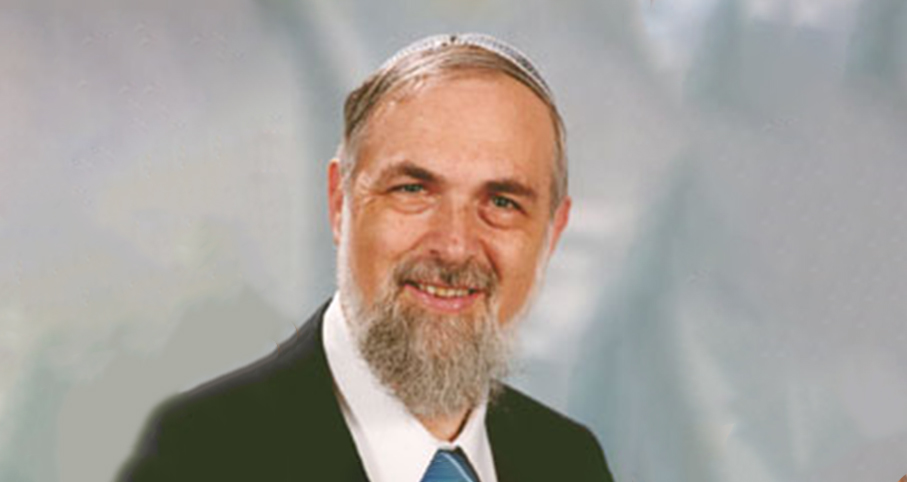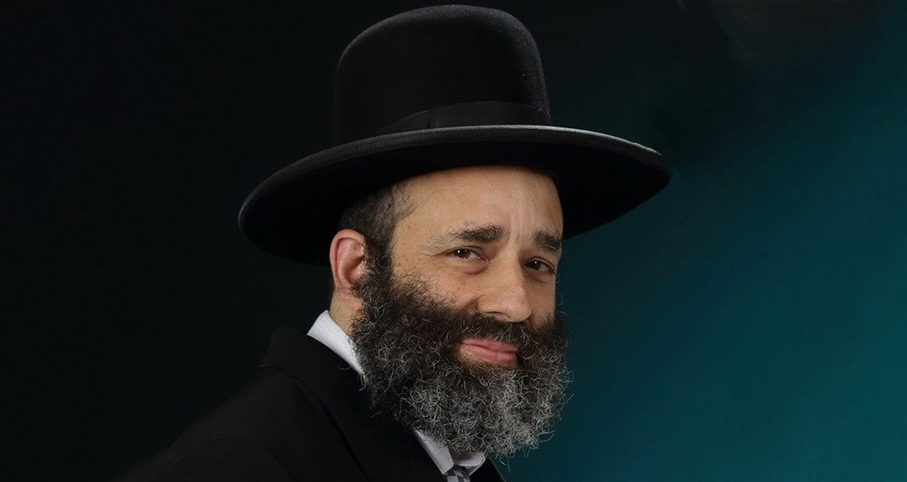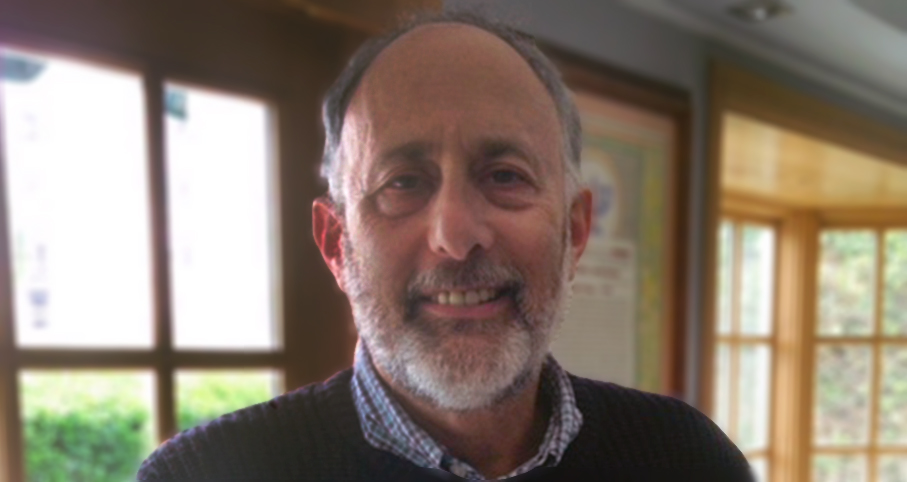Beit Midrash
- Sections
- Chemdat Yamim
- Bemare Habazak - Rabbis Questions
Answer: The gemara (Menachot 36a) lists LT as the beracha for the shel yad and AMT for shel rosh, but one way of learning the gemara is that one makes two berachot only if he speaks between putting on the two (see Rashi ad loc.; Shulchan Aruch, Orach Chayim 25:5). For Ashkenazim, when one speaks, he needs to repeat LT along with AMT for the shel rosh (Rama ad loc.).
There is much discussion on related perplexing matters, including the following. Why, for Sephardim, is there one beracha for two mitzvot (shel yad and shel rosh – see Rambam’s Sefer Hamitzvot, Aseh 12-13)? A major approach (see Mahari Halevi in Taz, OC 25:6) is that while there are two mitzvot, they are very similar and also intrinsically designed to be connected. Why, for Ashkenazim, can there be (if one speaks) two berachot for the shel rosh? There are different positions as to why there are two different berachot for the shel yad. Tosafot (Berachot 60b) says that LT is formulated as a beracha for the beginning of the process of putting on tefillin and AMT is for the end of the process. Mahari Halevi (ibid.; see earlier sources in Rosh, Tefillin 15) explains how each tefillin require both berachot, with each adding a different element (see also Aruch Hashulchan, OC 25:10), but they were instituted in a way that normally LT "extends forward" and AMT "stretches backward."
After this small glimpse at the fundamental analysis of the berachot, we approach sources on our case – when one recited AMT on the shel yad. Most poskim (see Machazik Beracha 25:7) assume that AMT works b’di’eved for Sephardim as the single beracha. Certainly, according to the Mahari Halevi (but likely even for others), AMT takes effect if said while putting on the shel yad as well. Despite this, if one catches the mistake before fastening the shel yad, it is best to recite LT before fastening it so that beracha is said at its right time (Michtam L’David, OC 12). Rav Shabtai Ventura (cited ibid. 11) assumes that when one thought he was making his first beracha on the shel yad, it does not work for the shel rosh, which makes it necessary to make both berachot on the shel rosh – LT because it was not done yet and AMT because he lacked intent for the shel rosh. Michtam L’David argues forcefully because we assume that both berachot relate and work for both tefillin. Therefore, he says that in our case one only recites LT on the shel rosh. The Michtam L’David is accepted by the Sha’arei Teshuva (25:5), Chida (Machazik Beracha ibid.), and the Malbim (Artzot Hachayim 25:5).
The Michtam L’David includes a chiddush. We have already seen why not to repeat AMT, namely, because it already took effect and counts for the shel rosh as well. One could have said, then, that there is no need to say LT for the shel rosh, as the shel rosh already has a beracha so why recite an additional, less than fully appropriate, beracha? However, the Michtam L’David is supported by the halachot that one who spoke between the shel yad and shel rosh repeats LT (Rama, OC 25:9) and that one who has only tefillin shel rosh makes both berachot (ibid. 26:2). (One might be able to deflect these proofs, but that is beyond our present scope.)
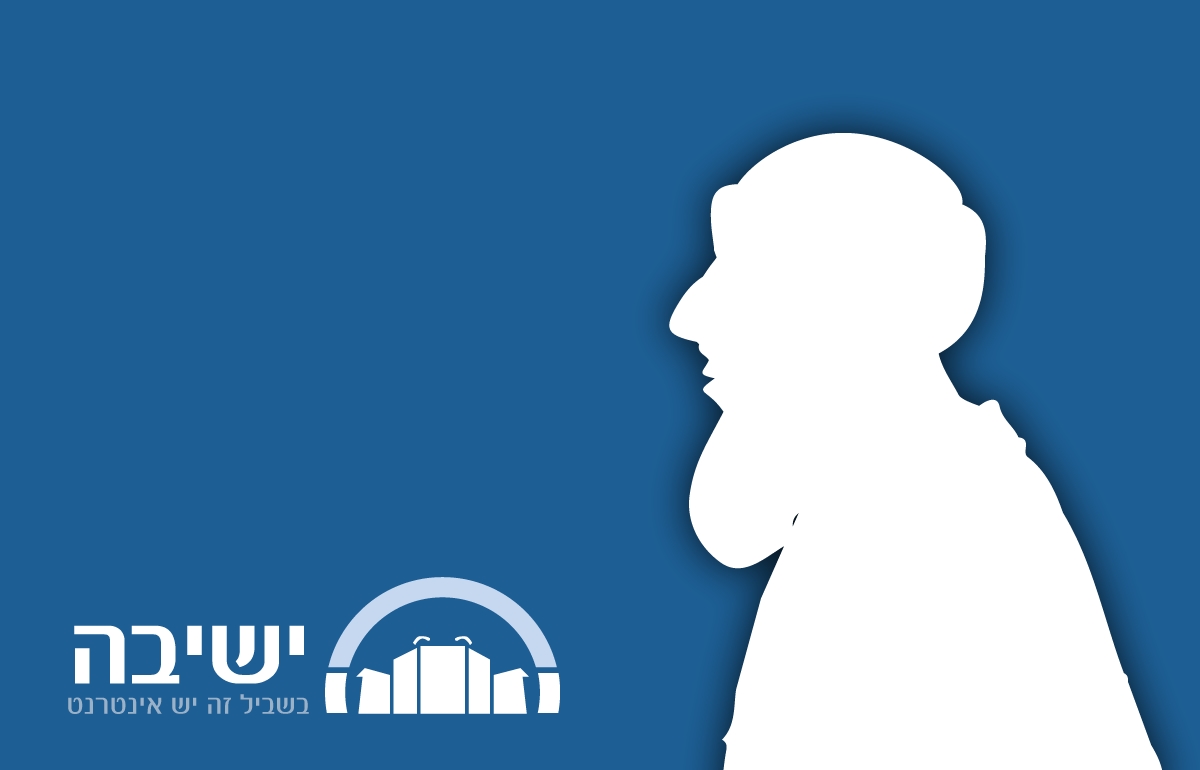
Bemare Habazak - Rabbis Questions (627)
Rabbi Daniel Mann
578 - Ask the Rabbi: Beracha when Lighting for a Neighbor
579 - Ask the Rabbi: Transporting Children before or after Shacharit?
580 - Ask the Rabbi: Forgot to Remove Tefillin Before Musaf of Rosh Chodesh
Load More

Ask the Rabbi: Taking a Different Object than Lost
Rabbi Daniel Mann | Adar 5785

Ask the Rabbi: Depriving a Tree of Water
Rabbi Daniel Mann | Tishrei 5786

Ask the Rabbi: Watching a Bar Mitzva Videoed on Shabbat
Rabbi Daniel Mann | Adar 5785

